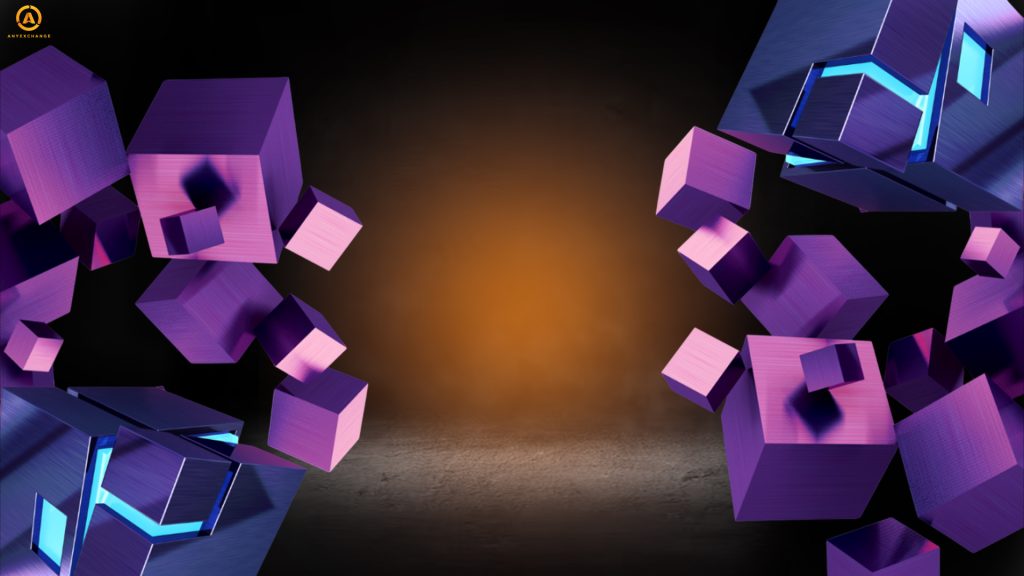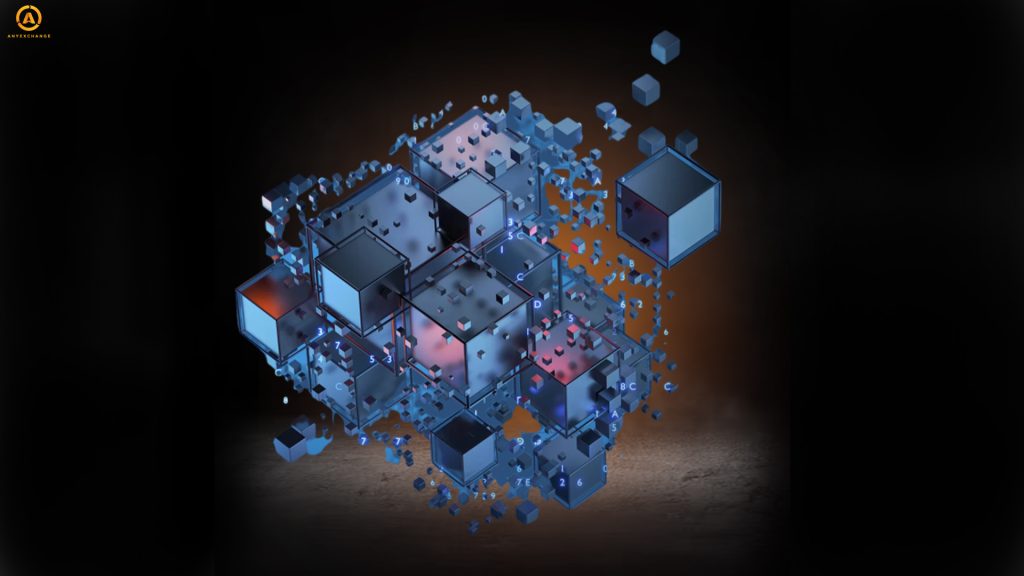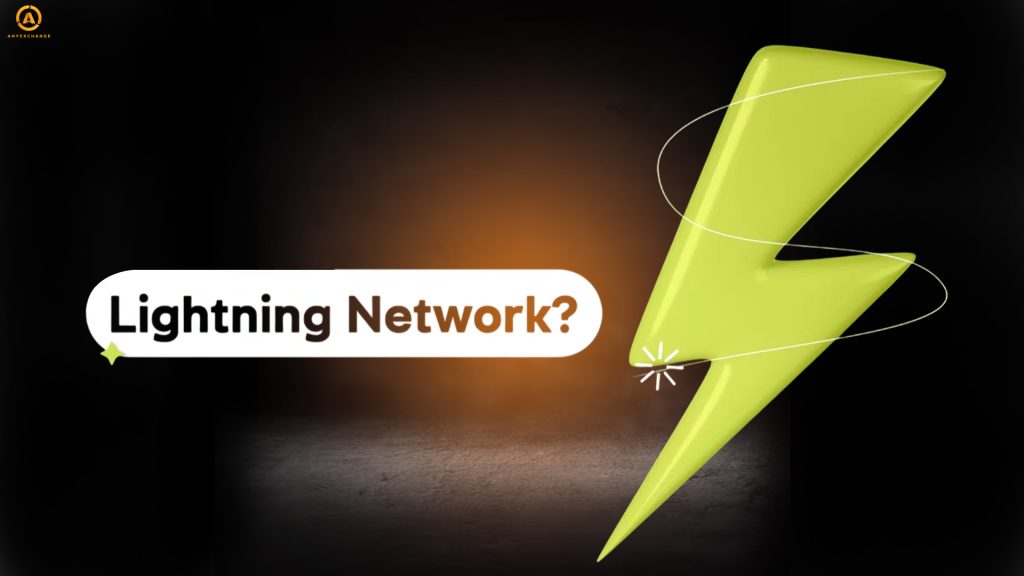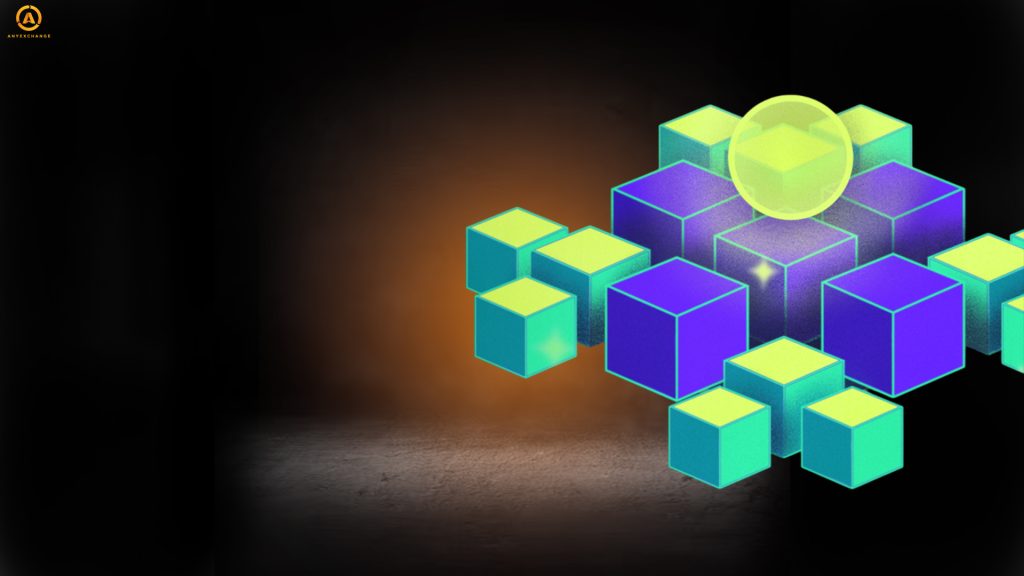
Lack of scalability is a key issue in blockchain technology that leading developers of the largest networks have been trying to solve in recent years. With the rapid growth of the number of users and the transactions they conduct, as well as the development of the functionality of decentralized applications, the original technical solutions are under pressure and are not always able to provide the required performance.
In this article, we will look at how the world’s leading programmers are addressing blockchain scalability issues today, and what new protocols are expected to be implemented in the future to improve network efficiency.
Why Scalability Matters
Scalability is the ability of a systеm to handle increasing loads without losing performance. In the context of blockchain technologies, during peak network loads, as the number of transactions increases, the systеm is unable to provide sufficient throughput while maintaining decentralization and security. As a result, transactions slow down, their cost increases, and the user experience deteriorates.
The architecture of the largest blockchains, such as bitcoin and Ethereum, was not originally designed to support the volume of traffic required today. Ethereum eventually moved to a more productive proof-of-stake consensus algorithm, while Bitcoin, while remaining proof-of-work, actively uses alternative solutions to increase throughput. In the search for solutions to increase productivity and reduce fees, developers are forced to keep up with the constant influx of new users and the increasing complexity of application functionality by providing simple and effective solutions to improve scalability.
One of the main challenges is to make the blockchain capable of processing large volumes of transactions without compromising security or decentralization. That is, to solve the problem of the so-called “blockchain trilemma” with minimum cost and maximum productivity. Vitalik Buterin, co-founder of Ethereum, was the first to formulate the concept of the blockchain trilemma as it applies to distributed ledger systems. Its essence is that the main attributes of blockchain systems — decentralization, security and scalability — cannot be optimized simultaneously without harming each other. That is, improving one of them always comes at the expense of weakening the others. If we talk about examples of existing networks, for example, the Ripple and EOS blockchains have high scalability and security indicators with some deviation from the canonical principles of decentralization, while the Ethereum and Bitcoin networks are maximally decentralized and secure, but cannot provide the required scalability. When managing a large blockchain through a branched decentralized network, each node of which provides resistance to attacks and immutability of data, it is very difficult to improve the ability of the blockchain to quickly process an increasing number of transactions.
What technologies are used to improve the performance of blockchain networks?
To improve the throughput of the blockchain, both solutions that correct the architecture of the network itself (L1) and second-level technologies (L2), which are a kind of add-ons to the parent blockchain, are used. Let’s focus on the most applicable of these today.
Segregated Witness (SegWit)

SegWit technology is a soft fork of Bitcoin that frees up space in a block by separating transaction signatures from the transactions themselves. Digital signatures, which are proof of ownership and availability of the sender’s assets, take up about 70% of the transaction space. Using SegWit increases the effective free size of each block without actually changing the 1MB limit.
Sharding

Sharding and its role in the blockchain boils down to the idea of structuring the blockchain in such a way that its individual parts (shards) can process transactions synchronously. With sharding, data storage is distributed across multiple servers. In this case, each shard contains specific fragments of data, allowing for efficient parallel processing of requests. Such segregation increases the overall computing power of the network because its performance becomes the sum of multiple simultaneous transactions.
Lightning Network (LN)

Lightning Network is a scalability protocol, primarily for bitcoin. The introduction of this ecosystem ensured instant transactions and a reduction of fees in blockchain networks to a record $0.01. The point of this second-level protocol in the blockchain is to transfer the functionality associated with collecting information about transactions and verifying them outside the main network and using payment channels.
State Channels
State channels in blockchain are simple peer-to-peer protocols that allow two or more parties to conduct transactions outside of the main blockchain, offloading much of the load from it. Only the results of the transactions are recorded directly on the network itself. They are used in Raiden Network, Celer Network and others as the main technology for scaling the blockchain.
Sidechains

Sidechains are independent blockchains connected to the main network via two-way bridges. Sidechains and their use are characterized by the fact that they do not inherit the security of the base blockchain. They have a separate security systеm, and if a sidechain is hacked, damage is caused within its systеm. Sidechains perform specific tasks and can operate autonomously, using unique consensus or block size settings. For example, there are bitcoin sidechains designed to mine two separate cryptocurrencies simultaneously.
Rollups
Ethereum 2.0 is a series of updates aimed at improving the scalability of the network. The developers of the largest blockchain for the deployment of DApps and DeFi tools pay great attention to the creation of models and mechanisms aimed at improving performance. Rollups as a scalability solution are the main technology for second-layer protocols in the Ethereum network. Recently, many rollups (ZK rollups) use the Zero-Knowledge-Proof method, which confirms transactions without disclosing details about the recipient, addressee, and amounts. They provide a higher level of protection than optimistic rollups, which only trigger verification in the event of a dispute.
The essence of a rollup as a layer 2 solution for a blockchain is to aggregate a large number of transactions into a “package” that is processed outside the main blockchain, with proof of validity sent back to the main network. A “package” can contain thousands of transactions, while the amount of data entering the blockchain is minimal.
Plasma
Plasma is a scaling protocol designed to create decentralized applications in sidechains. This unique second-level solution for blockchain, introduced by Vitalik Buterin, is a whole systеm of many smart contracts that allows processing huge amounts of data with minimal involvement of the main network.
Blockchain scaling: new protocols
With the growth of scaling solutions, as well as the ability to compare second-level solutions based on the results of their operation with the identification of strengths and weaknesses, the need to improve their quality and usability has been identified.
Currently, there are discussions about the applicability of the so-called third-level solutions, and many developers associate the future of blockchain scalability with it. However, some experts still believe that there are “easier” ways to ensure cheap and fast transactions in the blockchain in the future. Today, however, most of the latest developments in optimizing the operation of blockchain systems can be attributed to the highest level of customization, i.e. layer 3.
Almost all third-level solutions are built around the network of the world’s second-largest cryptocurrency by market capitalization. Ethereum in its current form is inconceivable without a blockchain scalability systеm based on second-level solutions.
Layer 3 — the next level — is called the DApps layer. On this layer, developers customize the settings of decentralized applications on top of the second layer, extending their functionality and performance. They improve the quality of DApps in areas that require high performance, such as GameFi, DeFi, RWA, IoT and others. The presence of L2 solutions, such as rollups or sidechains, enables the third layer to perform complex off-chain calculations and increase its efficiency. However, additional scalability solutions are also used at the third layer. For example:
- Appchains, which are designed to optimize the operation of applications from the point of view of the “specific needs of DApps”. The StarkWare team, which presented the development this summer, says that appchains are able to reduce costs and speed up transactions by adapting to the network configuration.
- Validium, which uses ZKP for off-chain transaction verification to increase throughput.
- Optimum, an L3 solution that is similar in principle to optimistic rollups.
That is, layer 3 solutions are designed to perform certain individual functions for layer 2, developing custom, niche projects, and not just to solve scalability problems.
For example, the largest in TVL ($164 million) among third-layer solutions at the end of September 2024 was the zkLink Nova project. Its feature is an out-of-the-box, highly customizable layer for trading in the Ethereum ecosystem. It already has high scalability by default, provided by ZK rollups. Or the increasingly popular L3 solution Arbitrum Orbit, which allows you to create highly customized applications based on Arbitrum. Orbit was launched last summer and today its ecosystem already unites 16 projects in the field of DeFi and GameFi.
Conclusion
The issue of blockchain scalability is still at the stage of identifying the most effective tools to increase the throughput and overall productivity of blockchain systems. The rapid growth of the cryptocurrency and DeF market, the development of decentralized applications and alternative new technologies, such as artificial intelligence, machine learning, the Internet of Things and others, do not give developers the slightest opportunity to slow down. Therefore, we can expect new, highly effective solutions in the near future.
Thank you for your attention to our article. Invest safely and profitably!
AnyExchange is a cryptocurrency exchanger that has been successfully operating in the financial market for over 5 years. Our platform allows you to exchange popular digital assets at the best possible rate. We work with both electronic and cash money. The service cooperates with leading international payment systems and makes payments to bank cards. The site offers fast and anonymous money transfers all over the world.






